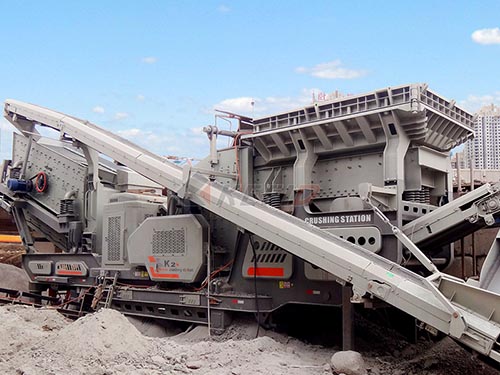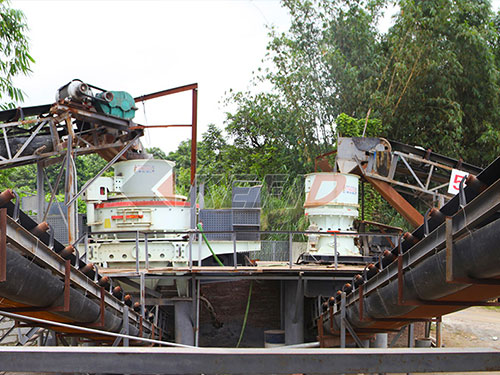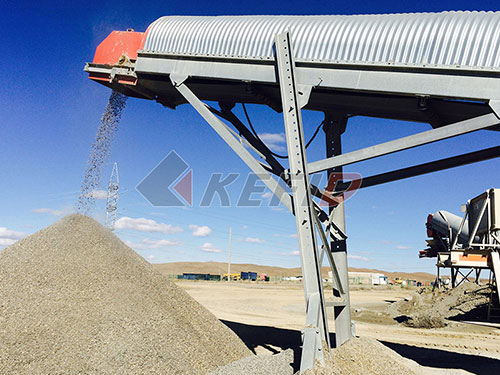Single Toggle vs Double Toggle Jaw Crushers: A Comprehensive Investment Guide for Aggregate & Mining Operations
Selecting the optimal primary crushing equipment is a cornerstone decision impacting the long-term profitability and efficiency of any quarrying or mining operation. Among the most critical choices is selecting between two fundamental jaw crusher designs: the Single Toggle Jaw Crusher (STJC) and the Double Toggle Jaw Crusher (DTJC). This decision transcends mere preference; it demands a thorough understanding of each design’s mechanics, performance characteristics, operational costs, and suitability for specific applications to maximize return on investment (ROI).
This guide delves deep into the comparative analysis of STJCs and DTJCs, providing a robust framework for making an informed investment decision based on total cost of ownership (TCO), productivity requirements, feed material properties, and long-term operational goals.
1. Fundamental Design & Mechanics: The Core Distinction
The fundamental difference lies in the motion of the movable jaw relative to the fixed jaw:
Single Toggle Jaw Crusher (STJC):
Mechanism: Employs a single toggle plate positioned at the bottom of the movable jaw.
Motion: The movable jaw pivots around an eccentric shaft located at the top. This creates an elliptical path where:
The top of the movable jaw moves through a small arc.

The bottom moves through a much larger arc in an elliptical motion.
Action: Primarily imparts compressive force combined with significant rubbing/friction due to this elliptical path (“rubbing” action). This motion inherently generates more fines.
Complexity: Generally simpler design with fewer moving parts directly involved in crushing action compared to DTJC.

Weight: Typically lighter than an equivalent DTJC due to simpler construction.
Double Toggle Jaw Crusher (DTJC):
Mechanism: Utilizes two toggle plates – one connecting the movable jaw to a centrally located pivot point (“pitman”), and another connecting this pivot point back to an eccentric shaft at the rear.
Motion: The eccentric shaft drives the pitman/pivot point vertically upwards and downwards.
This vertical motion is translated via two toggle plates into a predominantly vertical reciprocating motion at both ends of the movable jaw.
The top moves vertically down while crushing; after crushing it moves vertically up again.
The bottom moves

Leave a Reply